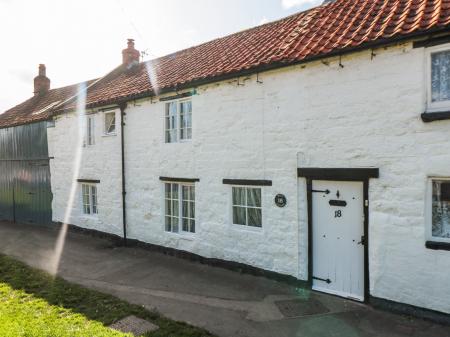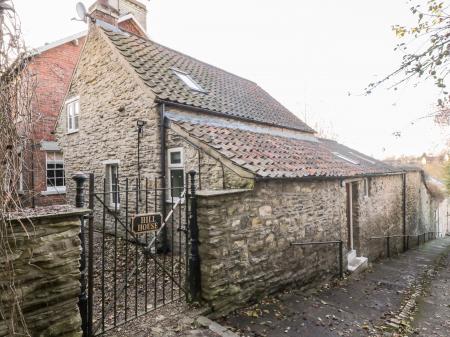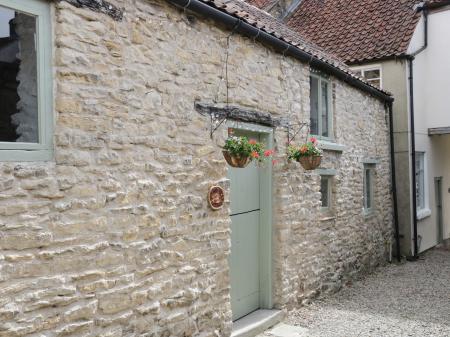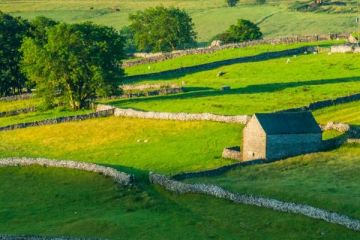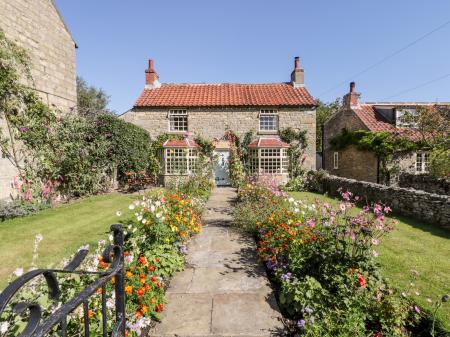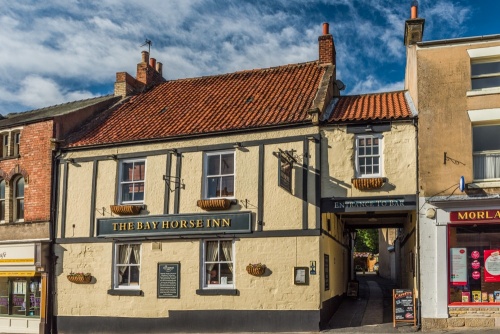
What's in a Name?
The origins of Pickering are rather colourfully recounted in an old myth, which tells us that it was established by a king named Peredurus around 270 BC. According to the legend, Peredurus lost his ring. He accused a young woman of stealing it, though, in fact, it had fallen into the River Costa, where it was swallowed by a pike.
By chance, the pike was caught that same day and cooked for the king's dinner. When the ring was found, the king married the young woman.
The name 'Pike-ring' was given to the spot where the story occurred. Over time the name 'Pike-ring' morphed into the current 'Pickering'. If you drop into the 16th century White Swan Inn on the Market Place you can see a wooden plaque on the wall by the bar, with the figure of a pike with a ring in its mouth, illustrating the story.
It's a lovely tale, but very much a flight of fancy. As far as we know, the town probably grew up around the Norman castle, though there was certainly a settlement here before the coming of the Normans.
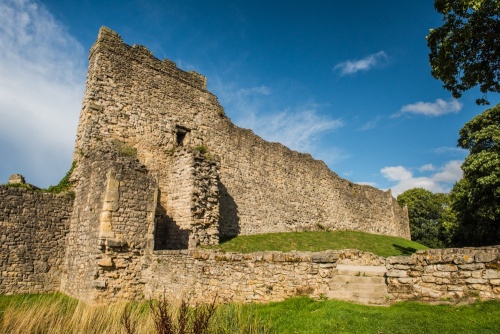
Pickering Castle
Shortly after the Norman Conquest of 1066, the north of England rose in revolt against the rule of the Normans. William the Conqueror ruthlessly suppressed the rebellion, but he wanted a stronghold to help assert Norman control over the area. The result was Pickering Castle, begun in 1069 as a wooden fortress, later rebuilt in stone.
The castle is unusual for its double-bailey design, and for the fact that it has remained almost unaltered since it was rebuilt in stone around 1080. Look for the 'Judgement Seat' in the Old Hall, where the king or his steward presided over court hearings.
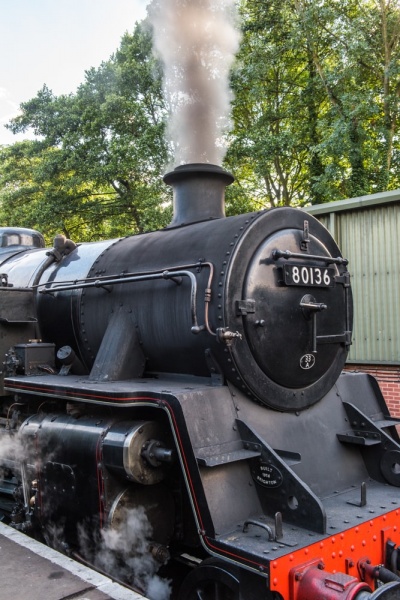
North Yorkshire Moors Railway
This very popular heritage railway runs 18 miles through some of the most picturesque landscape in the North York Moors National Park. The railway began in 1832 as part of a plan to encourage trade and tourism in Whitby.
It went out of service in 1965 but was relaunched as a tourist attraction, carrying passengers from Pickering to Grosmont in wood-panelled carriages pulled by a steam locomotive. The Pickering station was built in 1847 and has been restored to reflect its Victorian origins.
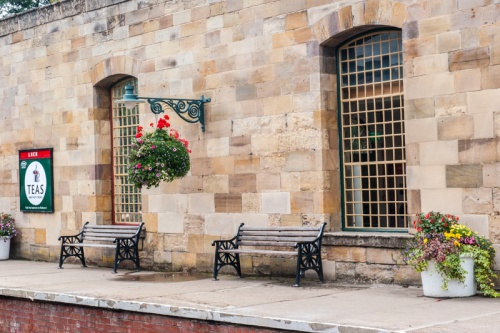
Near the station is the Beck Isle Museum, covering the heritage of the North York Moors, with an emphasis on Ryedale. The museum is located in a Georgian building used for the very first agricultural college in England. Set back from Castle Gate is the Friends Meeting House (Quakers), built in 1793.
St Peter and St Paul's Church
The first church in Pickering was built in the late Saxon period. That early church was rebuilt in 1140, but it retains the original Saxon font and a fragment of a cross shaft. Look for the 15th-century alabaster tomb of Sir David and Lady Margery Roucliffe, and a memorial to Nicholas and Robert King, who surveyed the city of Washington, DC.
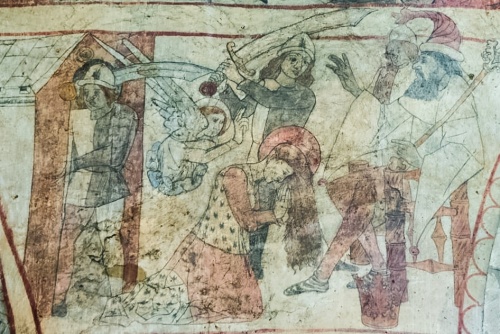
The main appeal of Pickering's church, however, is a series of remarkable 15th-century wall paintings. The paintings were created around 1450, and covered with plaster at the Reformation, only to rediscovered in 1852 during restoration work. The Victorian vicar thought the paintings distracted his listeners during sermons, so had them recovered.
They were eventually restored in 1876, and today they form perhaps the most impressive single display of medieval artwork in any English parish church. The subject range is vast, with scenes depicting the martyrdom of St Edmund and the murder of Thomas Becket, as well as scenes from the life of St Catherine of Alexandria and a terrifying vision of the Descent into Hell.

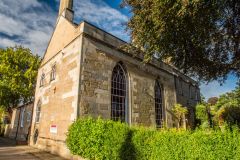

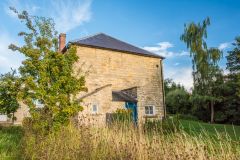
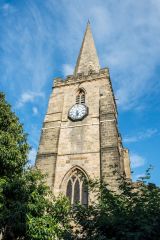
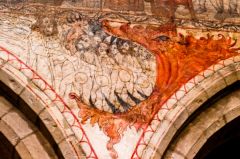
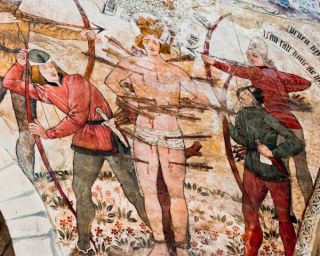
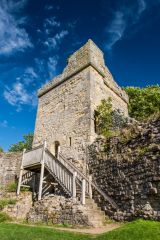
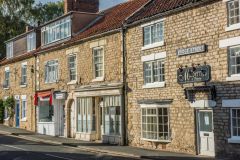
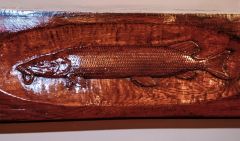


 We've 'tagged' this attraction information to help you find related historic attractions and learn more about major time periods mentioned.
We've 'tagged' this attraction information to help you find related historic attractions and learn more about major time periods mentioned.